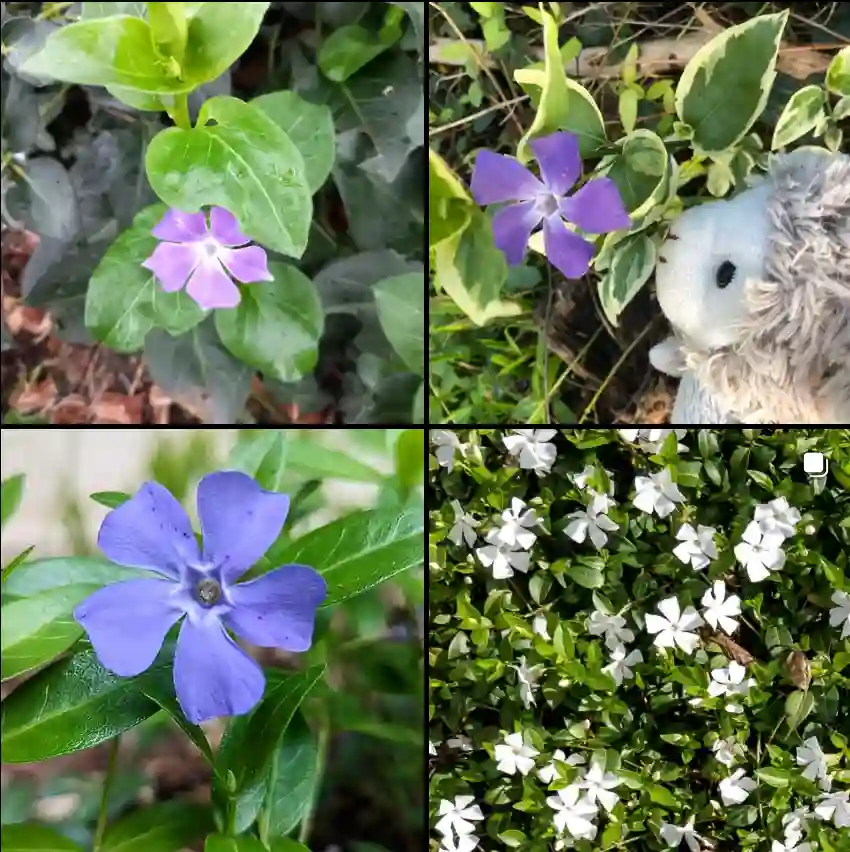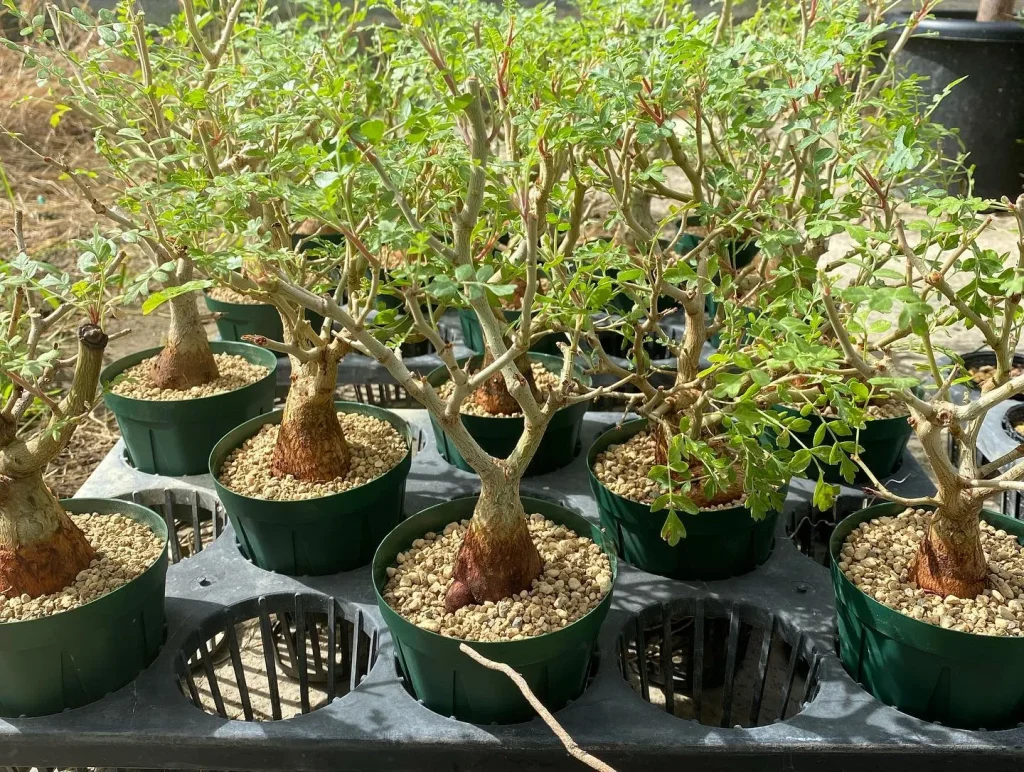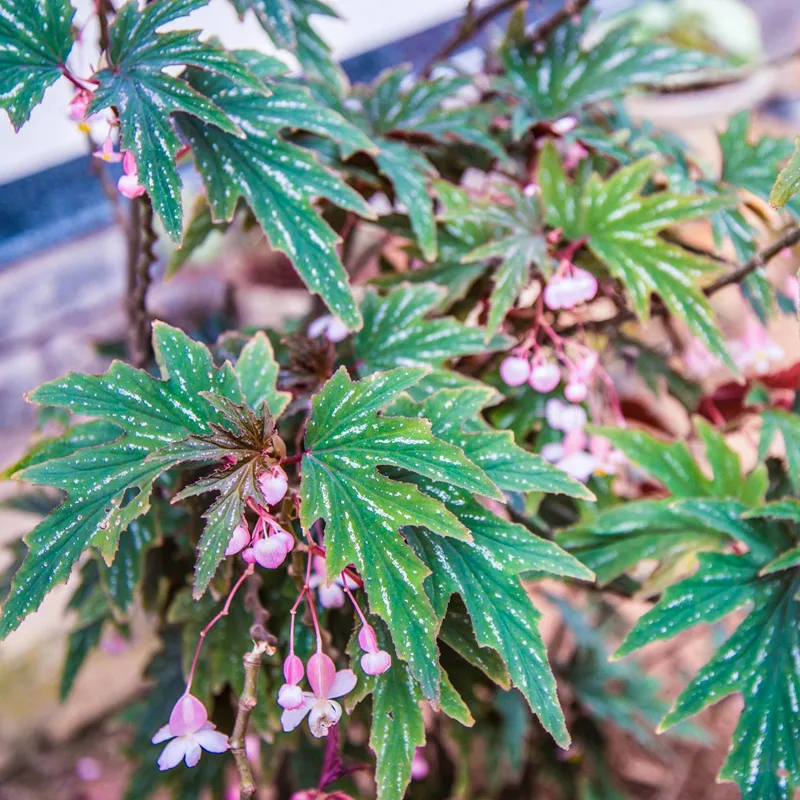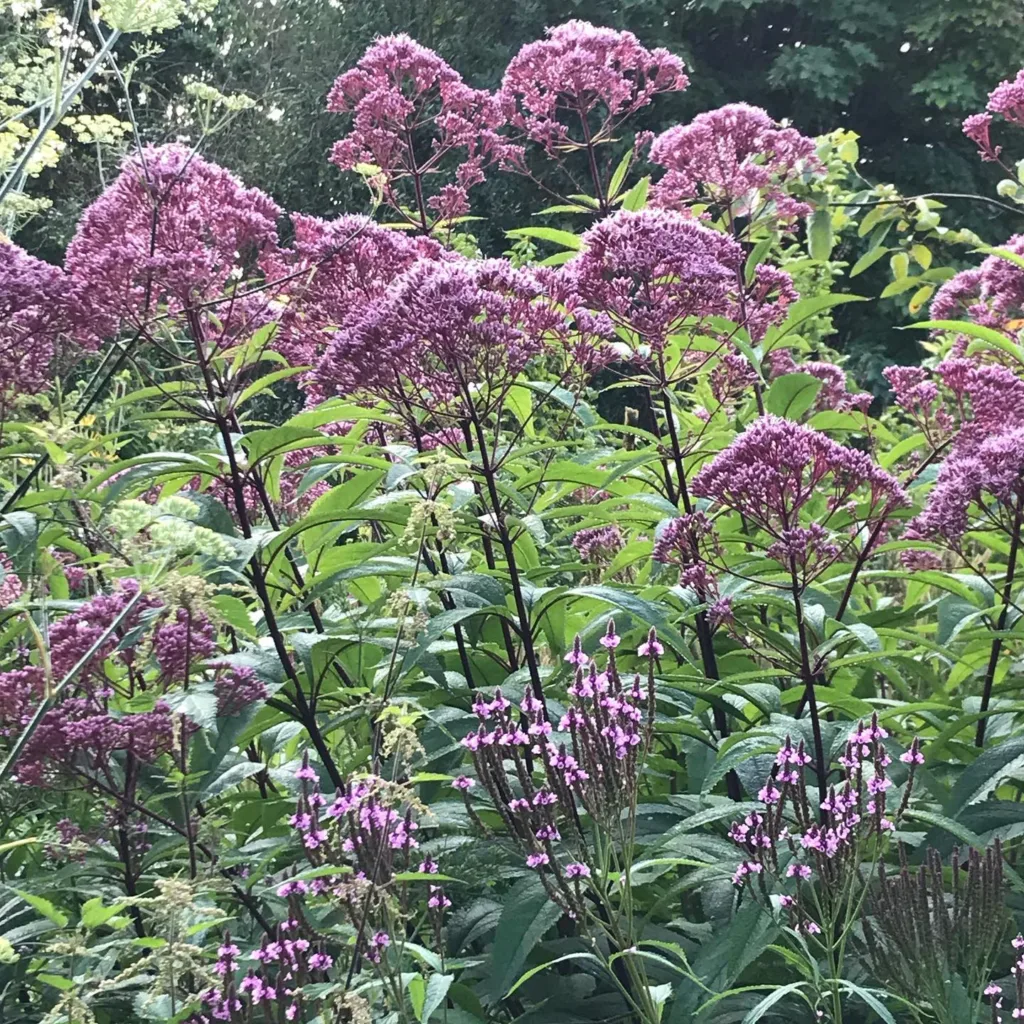
Muscari Botryoides: A Grape Hyacinth Guide by Ferb Vu
Muscari botryoides, often called the common grape hyacinth, has captured the hearts of gardeners for years. These charming little bulbs bring a pop of color and delightful fragrance to spring gardens. But what exactly are they, and how can you cultivate these beauties in your own backyard? Let’s delve into the world of Muscari botryoides!
83 Species in Genus Muscari
What is Muscari Botryoides?
Muscari botryoides is a bulbous perennial belonging to the Asparagaceae family, alongside familiar plants like asparagus and lilies. Native to central and southeastern Europe, it thrives in open woodlands and mountain meadows. This low-growing wonder boasts vibrant blue flower clusters that resemble miniature grapes, hence the name “grape hyacinth.” While the wild type sports a classic blue with white tips, cultivated varieties offer a delightful array of colors, including white, pink, and even a deep purple.
Muscari botryoides is not just visually appealing; it’s also a fragrant charmer. The tiny blooms emit a sweet, musky scent that adds another layer of enjoyment to your spring garden.
Grape Hyacinth vs Hyacinth
I find Grape Hyacinth charming with their little grape-like clusters, but they can’t quite match the grandeur of Hyacinths, which always steal the show in my garden with their bold colors and intoxicating scent.
Grape Hyacinth vs Bluebells
Grape Hyacinth and Bluebells both offer a lovely blue hue, but Bluebells create a more enchanting, woodland feel in my garden, whereas Grape Hyacinths are more like a playful splash of color.
Grape Hyacinth vs Bluebonnet
Grape Hyacinth’s compact blooms can’t compete with the striking presence of Bluebonnets, which always draw admiration with their large, vibrant clusters and unique shape.
Grape Hyacinth vs Lavender
While Grape Hyacinths are cute and reliable, Lavender has become my go-to for a soothing fragrance and its beautiful, long-lasting blooms that attract bees and butterflies.
Grape Hyacinth vs Muscari
Muscari and Grape Hyacinths are quite similar, but I find Muscari to be a bit more delicate and varied in color, adding a nice touch of variety to my spring garden.
Grape Hyacinth vs Lupine
Grape Hyacinths are charming little bulbs, but Lupines bring a taller, more dramatic flair to my garden with their impressive spikes of colorful flowers that make a bold statement.
How to Care for Muscari Botryoides?
Planting muscari botryoides is a breeze, and caring for them is even easier. Here’s what you need to know:
- Planting: Fall is the ideal time to plant muscari bulbs. Choose a location with well-drained soil and plenty of sunlight. They tolerate partial shade but flower best in full sun. Plant the bulbs 2-3 inches deep and 3-4 inches apart.
- Watering: Water your muscari regularly during their first growing season, especially during periods of drought. Once established, they are quite drought-tolerant.
- Feeding: Muscari botryoides are not heavy feeders. A light application of balanced fertilizer in early spring is sufficient.
- Deadheading: Removing spent flower stalks encourages the plant to put its energy into producing healthy foliage. Simply snip off the brown flower heads with sharp shears.
Muscari botryoides are relatively pest- and disease-resistant. However, be mindful of slugs and snails, which can damage the foliage. If you notice any problems, handpick the pests or use organic control methods.
How to Propagate Muscari Botryoides?
Muscari botryoides readily multiplies on its own, forming delightful clumps over time. Here are two ways to propagate them:
- Division: After flowering has finished and the foliage begins to die back, you can carefully dig up the clumps and divide them. Each section should have a healthy amount of roots and bulbs. Replant the divisions immediately in their new locations.
- Seed: Muscari botryoides can also be propagated by seed, but it’s a slower process. Collect seeds from mature plants after the seed capsules have dried. Sow the seeds in pots filled with a well-draining potting mix in the fall. Germination can take several weeks or even months. Once the seedlings emerge and mature, transplant them to their permanent location in the garden.
What to Plant with Muscari Botryoides?
Muscari botryoides are excellent companion plants for a variety of spring bloomers. Here are some ideas:
- Daffodils: The bright yellow blooms of daffodils create a cheerful contrast with the blue or purple of muscari.
- Tulips: Similar to daffodils, tulips in contrasting colors add a vibrant touch to your spring display.
- Pansies: The cheerful faces of pansies complement the delicate beauty of muscari botryoides.
- Forget-me-nots: The soft blue hues of forget-me-nots harmonize beautifully with the color palette of muscari.
- Ajuga reptans (Bugleweed): The creeping habit of bugleweed fills in the gaps around muscari, creating a neat and colorful carpet effect.
Muscari botryoides are also well-suited for planting in rock gardens or along borders. Their compact size makes them ideal for container plantings as well.
With their low-maintenance needs and charming appearance, Muscari botryoides are a welcome addition to any spring garden. So, plant some muscari bulbs this fall and enjoy their delightful presence for years to come!
If i die, water my plants!



